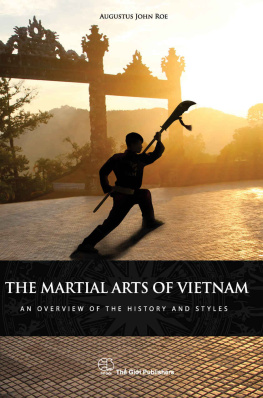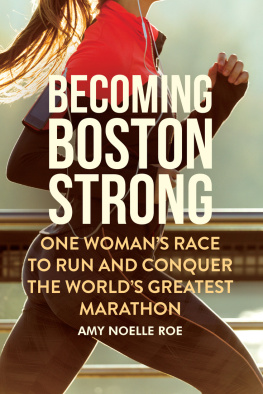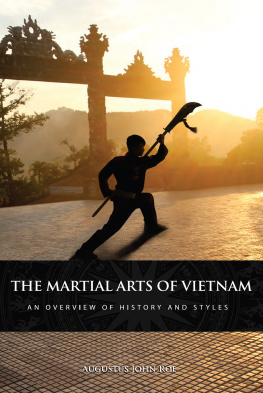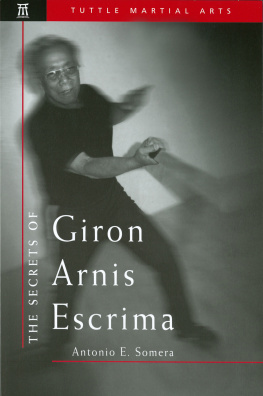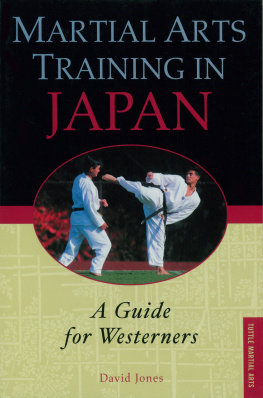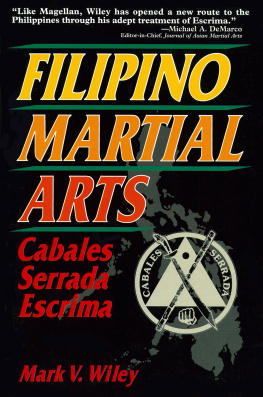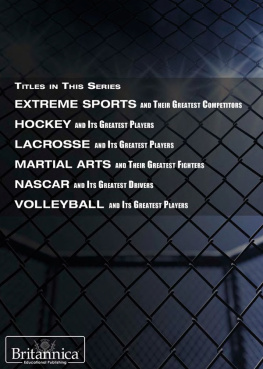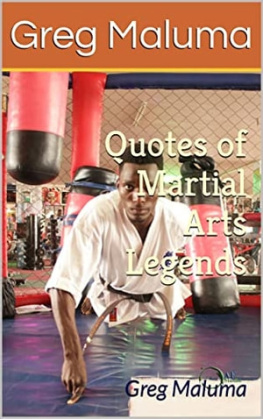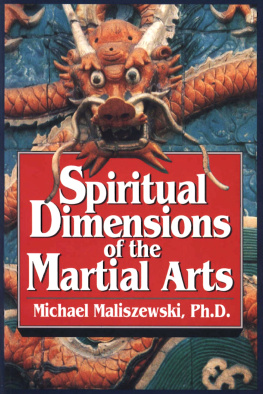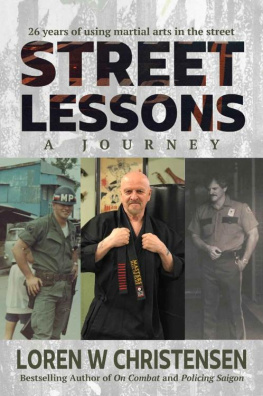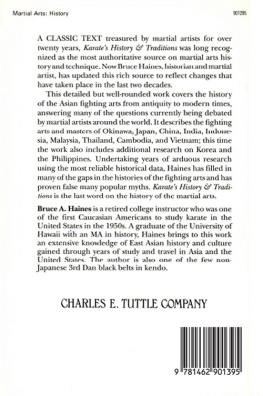Roe - The martial arts of Vietnam: an overview of the history and styles
Here you can read online Roe - The martial arts of Vietnam: an overview of the history and styles full text of the book (entire story) in english for free. Download pdf and epub, get meaning, cover and reviews about this ebook. City: Vietnam, year: 2017;2016, publisher: Nha Xuat Ban The Gioi; Thế Giới Publishers, genre: Art. Description of the work, (preface) as well as reviews are available. Best literature library LitArk.com created for fans of good reading and offers a wide selection of genres:
Romance novel
Science fiction
Adventure
Detective
Science
History
Home and family
Prose
Art
Politics
Computer
Non-fiction
Religion
Business
Children
Humor
Choose a favorite category and find really read worthwhile books. Enjoy immersion in the world of imagination, feel the emotions of the characters or learn something new for yourself, make an fascinating discovery.
- Book:The martial arts of Vietnam: an overview of the history and styles
- Author:
- Publisher:Nha Xuat Ban The Gioi; Thế Giới Publishers
- Genre:
- Year:2017;2016
- City:Vietnam
- Rating:5 / 5
- Favourites:Add to favourites
- Your mark:
- 100
- 1
- 2
- 3
- 4
- 5
The martial arts of Vietnam: an overview of the history and styles: summary, description and annotation
We offer to read an annotation, description, summary or preface (depends on what the author of the book "The martial arts of Vietnam: an overview of the history and styles" wrote himself). If you haven't found the necessary information about the book — write in the comments, we will try to find it.
Roe: author's other books
Who wrote The martial arts of Vietnam: an overview of the history and styles? Find out the surname, the name of the author of the book and a list of all author's works by series.
The martial arts of Vietnam: an overview of the history and styles — read online for free the complete book (whole text) full work
Below is the text of the book, divided by pages. System saving the place of the last page read, allows you to conveniently read the book "The martial arts of Vietnam: an overview of the history and styles" online for free, without having to search again every time where you left off. Put a bookmark, and you can go to the page where you finished reading at any time.
Font size:
Interval:
Bookmark:
- A UGUSTUS J OHN R OE
Copyright 2016 Augustus Roe
All rights reserved.
For their assistance in the writing, research, and photography of this book I would like to thank: Master Thich Bao Huyen of the Dharma Mountain Lineage, Master Tran Ha Minh of Nhat Nam Hanoi, Master Truong Van Vinh of the Phi Long Vinh School, Master Ho Tuong of the Ba Tra Tan Khanh School, Truong, Linh and Thuy of Lieu Doi Village, Master Hoang Thanh Phong of the Thanh Phong School, Giang Lai of the Bac Viet Vo School, Master Dinh Trong Thuy of the Vinh Xuan Kung Fu Viet Nam School, Viet Muay Thai Hanoi, Master Nguyen Thanh Bao of the Sa Long Cuong Ho Chi Minh City School, The District One Nam Huynh Dao School, Le Thai Duong of Brothers Judo School, Nguyen Duy Quan and Le Trung Linh of the Nam Hong Son Hanoi School.
I would like to thank: Le Thanh Ha who single-handedly designed the layout and concept of the book, Ann Roe for her multiple proofreads and edits (despite a lack of interest in the subject matter) and Alice Parry, Dr Christopher Ford, Grant J. Riley, Jasper Roe, Jonathan Chappell, and Joseph Williams for their assistance with photography, proofreading and editing.
Since the beginning of recorded history, systems of combat training collectively known as martial arts have developed throughout all corners of the globe.
Initially, these systems were forged by our ancestors for use in fighting, hunting and warfare; the term martial itself is derived from the name Mars, the Roman god of war. In modern times the practice of martial arts is no longer exclusive to combatcompetition, entertainment, physical cultivation, spiritual cultivation and the worship of gods and deities all commonly manifest themselves within the practice of martial arts.
In western cultures martial arts are often represented as predominantly Asian practices, however this is not the case; some of the earliest formally recorded martial arts belonged to the ancient Egyptians, with wrestling, boxing and stick fighting systems described in hieroglyphics dating from as far back as 2000 B.C. Although it is far from being the oldest collection of combat systems, the Asian martial arts legacy has certainly developed for good reasonmartial arts have played a key role in many cultural and societal changes throughout Asia that have not just affected their localized regions but have shaped the face of the human race on a truly global scale.
In the country we now know as Vietnam (an array of other names have all been attributed to the region including: Van Lang, Au Lac, Dai Co Viet, Dai Viet, Dai Ngu and Nam Viet), combat skills have been integral for survival from the beginning of recorded history and many of the traditions that remain today can trace their lineages back hundreds if not thousands of years.
As with many Asian, and indeed western, countries the evolution of martial arts in Vietnam has reflected societal changes and played a key role in the formation of the nation and its culture. As a country famed for its ferocity in battle, Vietnam is just now beginning the first consistent era of peace in more than two thousand years of conflict. In modern times, where battles are fought with technologies and economies as opposed to hands and feet, it is both interesting and inspiring to see how these ancient practices fit into our world and connect us with history.

The main gate of Van Mieu Quoc Tu Giam in Hanoi, which hosted the royal courts examinations from the tenth century
For thousands of years, the Southeast Asian Peninsula has acted as a melting pot for cultures and customs. Ever present was the influence of the ancient and dominating Chinese empires to the north, whilst to the south and west of Vietnam lay the powerful Siamese, Champa and Khmer kingdomswhich today make up parts of Thailand, South Vietnam and Cambodia respectively. Along with these neighboring states were a range of indigenous ethnic groups distributed throughout the nation and various foreign entities for which Vietnams long coastline and natural resources made it a valuable trading hub and military vantage point.
Martial arts were often studied as a means of self-preservation for the rural farming communities who faced near-constant threats of invasions and battles between various warring factions. Typically, martial arts practices were passed down through generations of families and religious orders. Through centuries of trial and error these combat practices evolved, until eventually becoming practical, defined systems.
From as early as the tenth century, but becoming widespread by the fifteenth century, formal martial arts training was adopted by the Vietnamese military and royal courtsbased in and around the citadel of Thng Long (which represents the foundation of modern day Hanoi). The royal courts mandated examinations and training in the physical, philosophical and strategic aspects of the martial arts, including military leadership skills as well as combat.
Along with their use in military training, martial arts were popular cultural activities that were incorporated into festivals and celebrations, serving as both performance pieces and a method of exercise and physical cultivation. From as far back as the twelfth century, foreign visitors and traders from neighboring countries held the Vietnamese people in high regard for their physical abilities and martial arts skills. The Chinese envoy Chen Fu who arrived in Vietnam in the spring of 1293 wrote of the physical strength of the i Vit people and their abilities to run and leap great distances. He observed and wrote how they appeared to fly over obstacles on land and swim at great speed through water. Even in modern times the general population of Vietnam are of a relatively small build, but tend to be supple and flexible with a high level of core and muscular strength in comparison to their western counterparts.
Today a wide range of martial art styles remain that cover everything from acrobatic display pieces to battle-hardened and brutal self-defense training. The martial arts and associated practices of modern day Vietnam have an extremely diverse range of influences and considering their ties to a long and eventful history, they are certainly unique.
In this book we will examine some of the most famous styles and popular schools of martial arts that have developed within the borders of Vietnam. With the aid of pictures and information gathered directly from the masters, we hope to gain some insight into the culture of Vietnam, preserve history and share knowledge with the western world. Throughout the course of this book we will discuss the following topics:
- The History and Geography of Vietnam
- Martial Arts from the Northern Region
- Martial Arts from the Central Region
- Martial Arts from the Southern Region
- Ethnic Minority Martial Arts
- Sino-Vietnamese and Chinese Martial Arts
- Foreign Martial Arts Practiced in Vietnam
- The Future of the Vietnamese Martial Arts
It should be highlighted to the reader that although this book contains information on a variety of Vietnamese martial arts, it is by no means a comprehensive encyclopedia of schools and styles, and can be used only as an introduction to the nation and some of its popular martial traditions. Furthermore, this book describes only martial arts schools and styles that have large followings either in Vietnam, abroad or both. Although hundreds of Vietnamese-lineage styles exist outside of the country, for the most part they have not been included here.
Font size:
Interval:
Bookmark:
Similar books «The martial arts of Vietnam: an overview of the history and styles»
Look at similar books to The martial arts of Vietnam: an overview of the history and styles. We have selected literature similar in name and meaning in the hope of providing readers with more options to find new, interesting, not yet read works.
Discussion, reviews of the book The martial arts of Vietnam: an overview of the history and styles and just readers' own opinions. Leave your comments, write what you think about the work, its meaning or the main characters. Specify what exactly you liked and what you didn't like, and why you think so.

